It may come as a surprise but peanuts (Arachis hypogaea) do not actually belong in the nut family. They are classified as legumes along with soybeans, green peas, and lentils. Peanuts grow underground and serve as the fruit of the peanut plant.
In the US, it is rare for peanuts to be eaten raw. They are often prepared roasted or as peanut butter. In fact, 50% of the peanuts consumed in the US are eaten in the form of peanut butter. It is attributed with considerable health benefits, but does peanut better help diarrhea? Let’s find out more.
Origin Of Peanuts
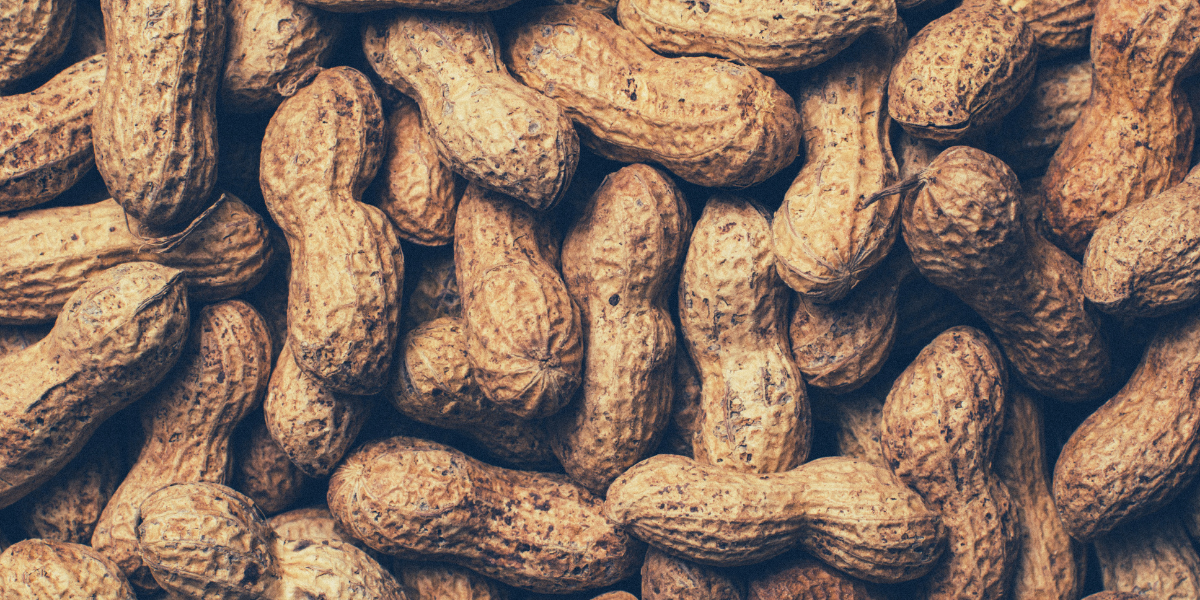
It is believed that the peanut plant originally came from either Brazil or Peru in South America. South American pottery dating as far back as 3500 years ago had been discovered and the jars were either in the shape of peanuts or were decorated with peanuts. When the Spanish explorers reached the new world, they brought peanuts back to Spain where they, later on, spread to Asia, Africa, and South America.
On the other hand, the first peanut butter was invented in the US by Dr. John Harvey Kellogg (Yes, of the cereal fame!) in 1895. It was intended to be a protein substitute for older patients with poor teeth who had difficulties in chewing meat. Later on, peanut butter was introduced at the St. Louis World Fair in 1904 and gradually gained popularity.
Types Of Peanuts
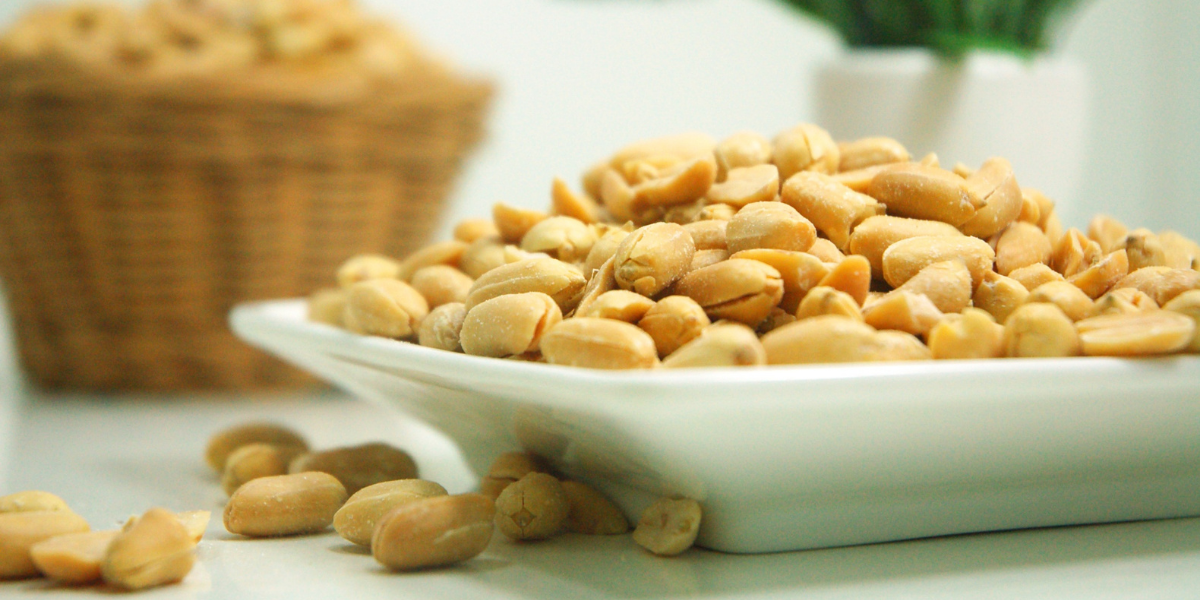
Now let’s go back to peanuts. There are 4 types of peanuts and they came from different seeds that thrive best in certain climates. Each type also has different tastes and they are:
- Runners – The most common type of peanuts and are usually processed for peanut butter
- Spanish – Small and used in peanut butter, snacks, cooking oil, and canned mixed nuts
- Valencia – Also small in size and the sweetest of all the types and is cooked by roasting within their shells or boiled whole in their shells in brine
- Virginia – Has the largest kernels of all the types which makes them the most popular for roasting
Nutrition Facts
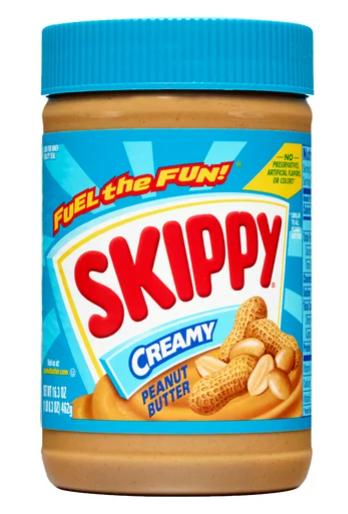
Some people do not think that peanuts are as nutritionally important as the tree nuts like walnuts, almonds, or cashews. This is not true as peanuts have been shown to offer many of the same health benefits as the other more expensive nuts and also deserve to be considered a nutritious food.
Here is the nutritional value of 2 tablespoons (32g) of Skippy Creamy Peanut Butter equivalent to the percentage Daily Value (DV) and based upon a 2000-calorie diet:
Calories 190
Total Fat 16g (21%)
Cholesterol 0mg (0%)
Sodium 150mg (7%)
Total Carbohydrates 6g (2%)
Protein 7g (16%)
Vitamin D 0mcg (0%)
Iron 0.4mg (2%)
Vitamin E 1.5mg (10%)
Calcium 0mg (0%)
Potassium 90mg (2%)
Niacin 3.2mg (20%)
The ingredients of Skippy creamy Peanut Butter include roasted peanuts, salt, sugar, hydrogenated vegetable oil (soybean, cottonseed, and rapeseed oil) to prevent separation.
Aside from being rich in protein and fat, peanuts are also an excellent source of vitamins and minerals such as biotin, copper, niacin, folate, manganese, thiamine, phosphorus, and magnesium.
Health Benefits Of Eating Peanuts
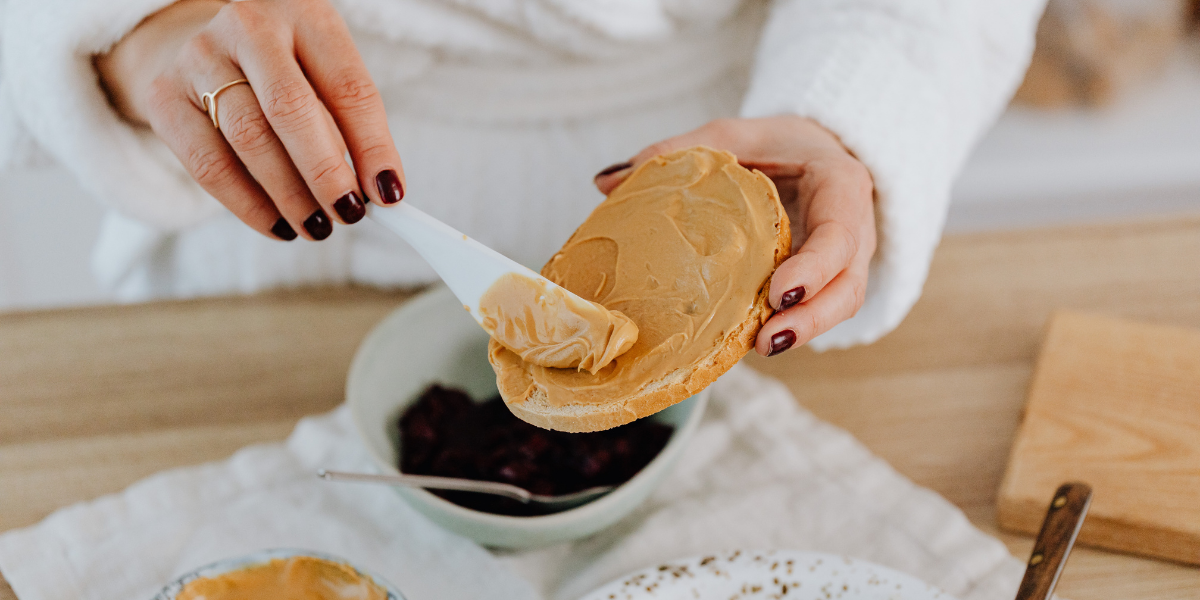
Peanuts are full of essential nutrients. They contain all 20 amino acids plus various vitamins, minerals, and plant compounds. A diet rich in peanuts can provide the following health benefits:
- Reduces risk of heart disease
- Helps prevent gallstones
- Aids blood sugar control
- Promotes strong bones
- Boosts energy
- Reduces inflammation
- Promotes a longer life span
- Helps prevent cancer
- Reduces risk for diabetes
- Aids in weight loss
Does Peanut Butter Help Diarrhea?
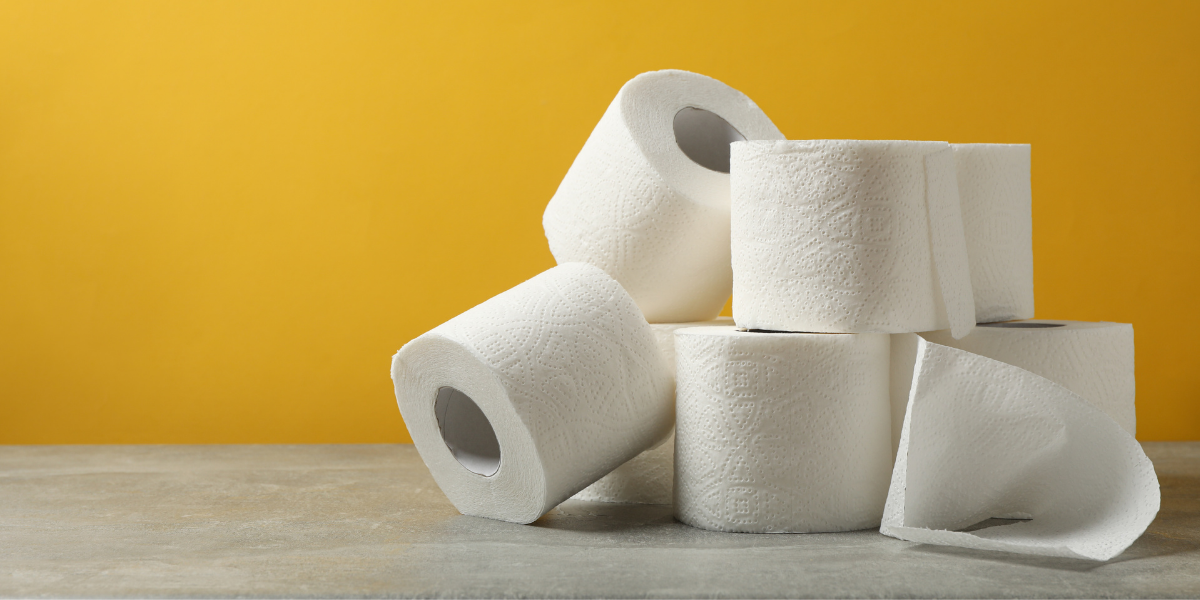
Peanut butter is one of the most popular preparations for peanuts. It is also packed full of all the health benefits that its main ingredient, peanut, has to offer. But does peanut butter help diarrhea? Here are some ways it can:
-
Peanut butter is included in the BRAT diet which is recommended for diarrhea.
The term ‘BRAT’ stands for the foods in the diet that are low in protein and fat, namely:
- Bananas
- Rice
- Applesauce
- Toast
Aside from bananas, rice, applesauce, and toast, here are other foods that fall into the BRAT diet:
- Snacks: sweet potatoes, saltine crackers, gelatin, oatmeal, cream of wheat, and creamy peanut butter
- Soups: clear chicken, beef, or vegetable broth
- Liquids: apple juice, coconut water, weak tea, and water
- Soft fruits: avocado, pumpkin, melon, and canned fruit in water
- Steamed or boiled vegetables: carrots, potatoes, and squash
The BRAT diet theorizes that eating bland, easy-to-digest foods can help reduce symptoms of gastrointestinal illness such as nausea, vomiting, and diarrhea. Some of the apparent benefits of a BRAT diet include:
- Forms firmer stools
The high starch low fiber BRAT diet can make loose stools bind more easily and add bulk.
- Easy to digest
Since the foods are low in protein and fat, they do not irritate the stomach or overwhelm the digestive system.
- Reduces nausea
The bland flavor and lack of strong odors of BRAT foods do not trigger nausea or vomiting, unlike other foods.
Ideally, you can stop the BRAT diet after 24 to 48 hours and gradually resume a regular diet. Prolonged use of the BRAT diet is not advisable because it can lead to malnutrition. It does not contain enough calories, fat, fiber, protein, vitamins, and minerals which are needed to support a quick or full recovery.
Moreover, the BRAT diet is not anymore recommended by The American Academy of Pediatrics (AAP) to treat diarrhea in children because they consider it too restrictive to help a child’s gastrointestinal tract recover fast and may even make the symptoms last longer.
-
Peanut butter helps reduce the fat content in your diet.
Fried and greasy foods can make diarrhea worse because they are difficult to digest. According to gastroenterologist and professor of medicine at Harvard Medical School, Dr. Norton Greenberger, “When fatty foods are not absorbed normally, they go to the colon, where they are broken down to fatty acids, causing the colon to secrete fluid and trigger diarrhea.”
However, eating small amounts of fat can help relieve diarrhea because the slow digestion of fats aids in reducing the usual symptoms.
To maintain a low-fat diet to help control diarrhea, you can consume peanut butter, cream cheese, margarine, or butter in small quantities like 1 or 2 teaspoons per meal.
-
Peanut butter helps prolong digestion.
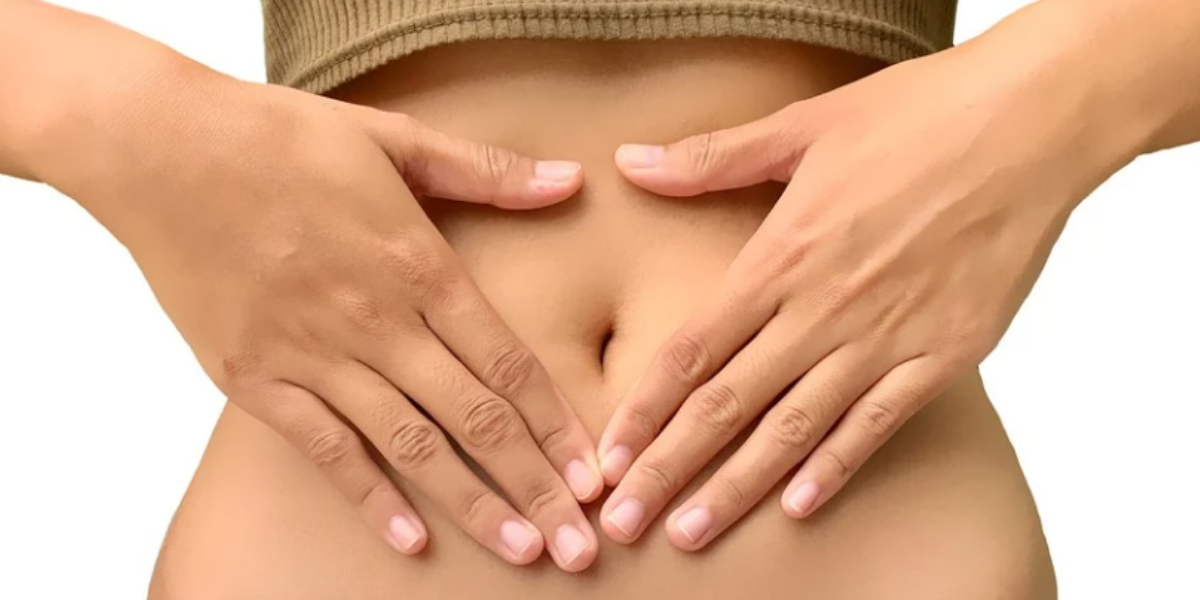
Diarrhea occurs when the journey of the food through the digestive system happens too fast. The digestive process usually takes several hours to complete. Generally, food stays in the stomach for 40 minutes to 2 hours. Then it goes on to the small intestine where it remains for another 40 minutes to 2 hours.
“The denser the food, meaning the more protein or fat it has, the longer it takes to digest,” explains Dr. Christine Lee, a gastroenterologist at the Cleveland Clinic.
According to Dr. Lee, simple carbohydrates like rice and pasta, on average, stay for 30 minutes to 1 hour in the stomach. “But if you put a thick layer of peanut butter on toast, it can take upwards of between 2 to 4 hours to leave your stomach,” she adds.
The food that you eat, more often than not, is the cause of diarrhea. However, aside from diet, there are other factors that may be attributed to the development of diarrhea, and these are:
- Bacterial or viral infection
- Surgery to areas of the digestive system
- Medical conditions such as IBS or Crohn’s disease
- Excessive alcohol consumption
- Side effects of medication
-
Peanut butter can provide protein when you have diarrhea.
When diarrhea is prolonged, it can cause dehydration and you can lose important nutrients such as protein, sodium, potassium, vitamins, and calories. Therefore, it is important to restore significant amounts of them back into your body.
A high-protein diet can cause diarrhea. In most cases, it’s not the protein itself that caused diarrhea, but the type of protein that you have consumed. For example, if you are on a low-carb, high-protein diet and suddenly developed diarrhea, it does not necessarily mean that you have to stop. Choosing different types of food may be enough to solve the problem.
Peanut butter is not likely to cause diarrhea and may even cause constipation. The Cleveland Clinic advises adding peanut butter into your diet when you develop diarrhea. You can spread a thin film of peanut butter on bread, crackers, or celery, or you can add it to cookies or cereals. This also serves as an excellent calorie booster.
So if you’d like to maintain your daily protein intake but are not too keen on getting diarrhea, you may want to cut back on the beef, pork, and processed meats and instead, incorporate 2 tablespoons of peanut butter into your daily diet.
Aside from heavy proteins, other foods that trigger or worsen symptoms of diarrhea include:
- Fatty foods
- Spicy foods
- Dairy
- Caffeine
- Alcohol
- Sugary desserts
- Heavy proteins
- Vegetables that cause gas
Conflicting Findings
In this article, we have established how peanut butter helps diarrhea. On the other hand, some findings also indicate that the opposite may be true and that peanut butter can cause diarrhea.
Peanut butter is generally considered good for diarrhea as it contains fiber for healthy bowel movement. However, people who have an intolerance to peanuts may experience gastrointestinal problems such as diarrhea, gas, and indigestion right after consuming peanut butter. In more serious cases, it may be a peanut allergy.
Peanut Allergy

Approximately 1% of Americans are allergic to peanuts. Peanut allergy is the most common food allergy in children below 18 and the second most common food allergy among adults. Only about 20% of the children will outgrow the peanut allergy while the rest are bound to have it for the rest of their lives.
Peanut allergy occurs when your body’s immune system has an adverse reaction to the proteins contained in peanuts. Tiny proteins found in peanuts are resistant to factors like heat or acid so they tend to remain intact after they’re cooked, processed, or even digested.
Some people are sensitive to the presence of these minute proteins and they develop an allergic reaction. Here are some signs of a peanut allergy:
- Hives
- Runny nose
- Swollen lips
- Skin rash
- Tingling in the mouth or throat
- Stomach pain
- Diarrhea
- Nausea
- Vomiting
Call your doctor immediately if you experience any of these reactions after eating peanuts. They usually occur within minutes after exposure and they range from mild to very severe. The worst allergic response is anaphylaxis which can be life-threatening and needs immediate medical attention.
Foods And Ingredients To Watch Out For
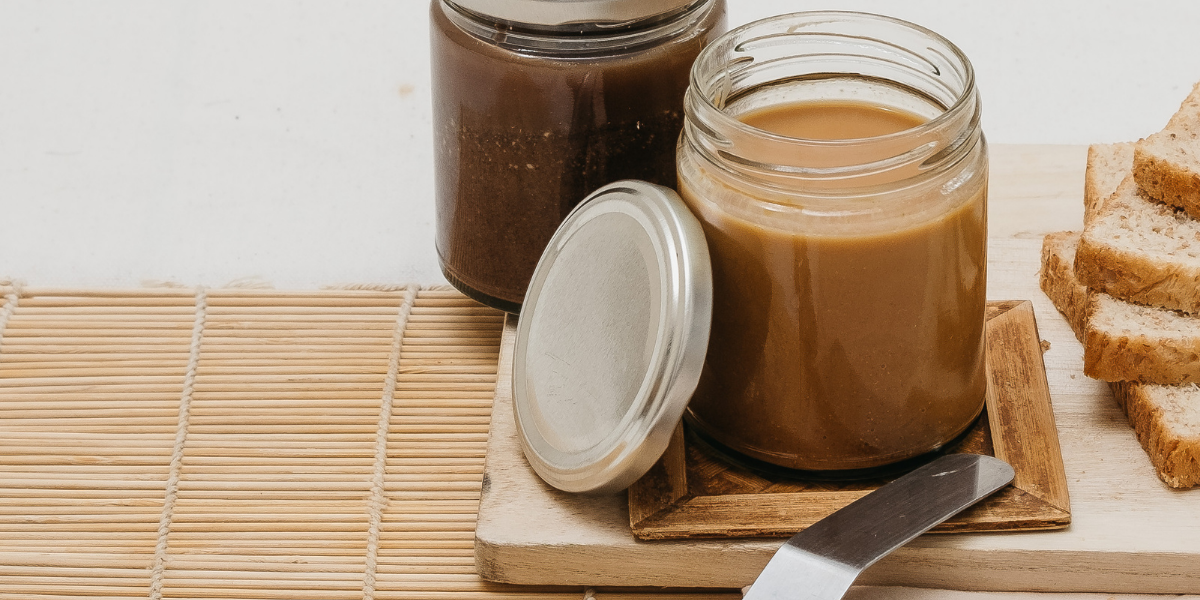
If you are allergic to peanuts, the best way to prevent a reaction is to stay away from them. Even the smallest amount that you ingest or even inhale can bring on an episode. It’s quite easy to avoid the actual peanuts, but they are also added to a lot of other foods that you may not be aware of.
Avoid foods that may contain peanuts like:
- Candy, especially nougats, chocolates, and marzipan
- Baked goods such as cookies, pies, and other pastries
- Desserts like ice cream and puddings
- Trail mix
- Cereals and granola
- Chili and soups where peanut butter is used as a thickener
- Honey
- Grain bread
- High-energy bars
- Salads and salad dressing
- Veggie burgers
- Sauces like pesto, marinades, glazes, or gravy
Moreover, you need to check for the following ingredients on food labels:
- Nut oils
- Nut pastes
- Nut butter
- Nut extracts
- Peanut flour
- Peanut oil
- Hydrolyzed plant or vegetable protein
Always read menus and food labels very carefully when eating out or grocery shopping to avoid potentially harmful allergic reactions when you unwittingly consume peanuts or peanut products.
Bottomline
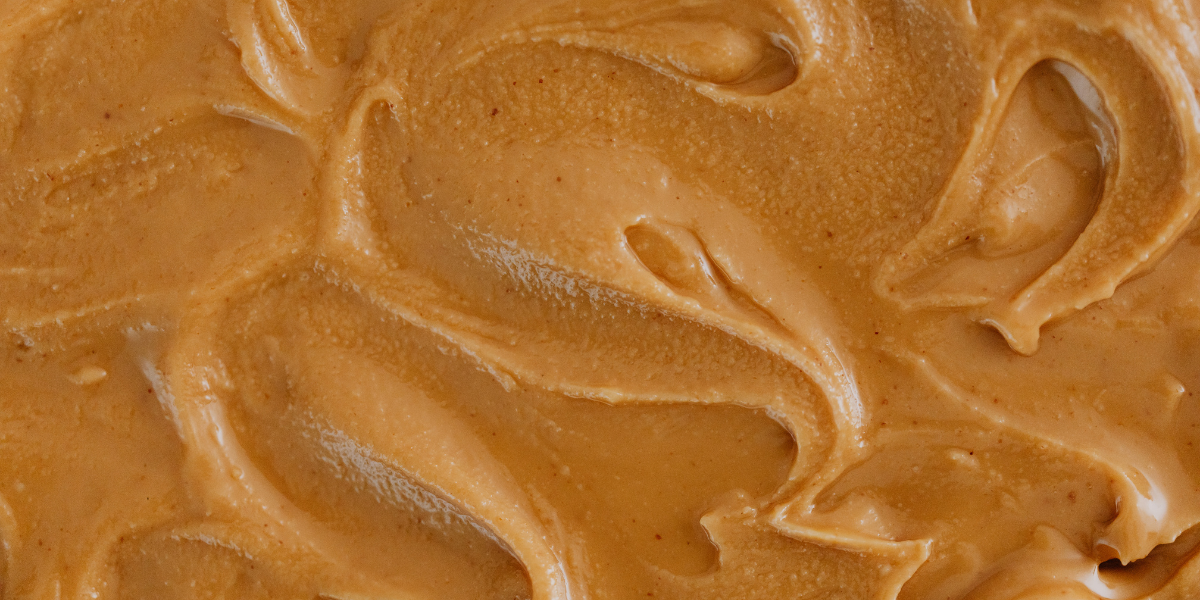
Nowadays, 50% of the peanuts being consumed by people in the US are in the form of peanut butter, totaling around $850 million in retail sales every year. The other half is equally divided between confectionery and snack nuts. As snack nuts, peanuts can be eaten roasted in shell, roasted kernels, or mixed nuts.
However, peanut remains one of the top allergens involved in food sensitivity. It is important to always check the labels of the food before purchasing as it may contain peanuts. One of these is the popular peanut butter. So does peanut butter help diarrhea? The answer is both a yes and a no.

